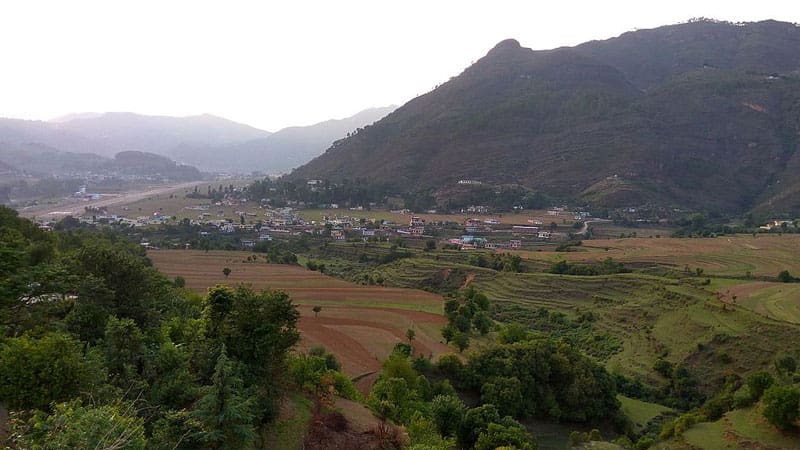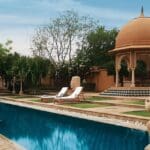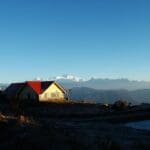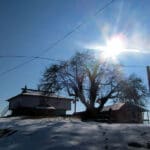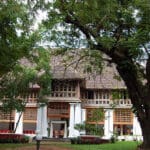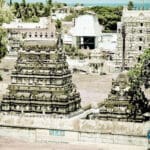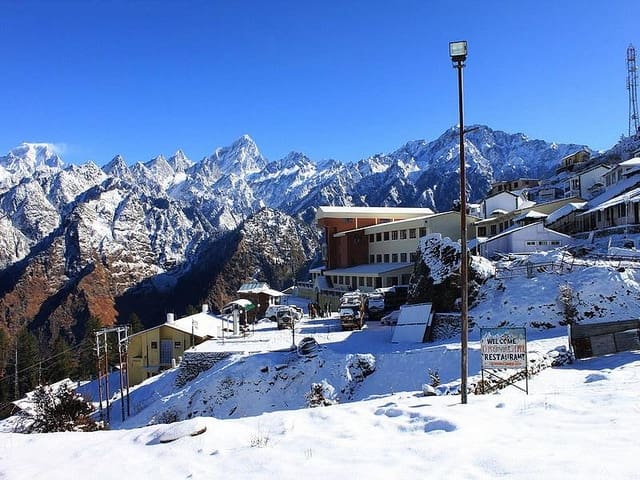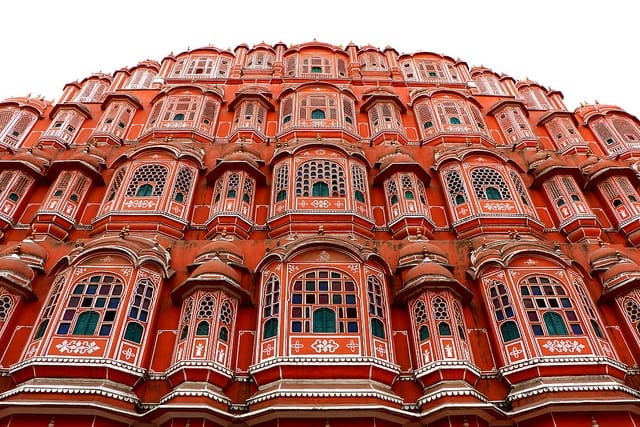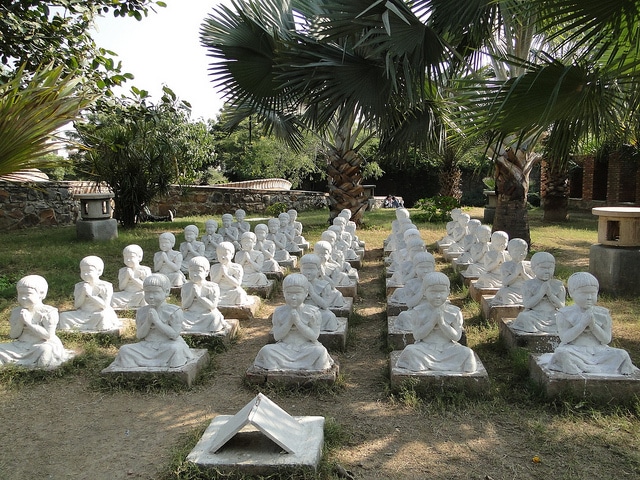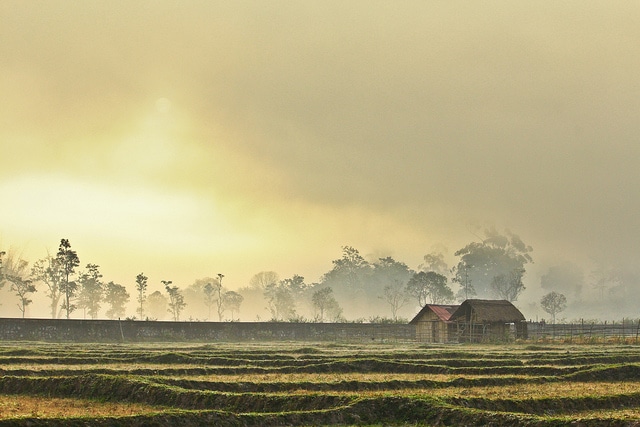Jhula Ghat in Pithoragarh, Uttarakhand, stands not merely as a checkpoint on the Indo-Nepal border but as a vibrant convergence zone of history, culture, and geography. Every stone and ripple in the Kali River here is steeped in lore, connecting the broader Himalayas with local narratives that have evolved over centuries. We delve far beyond the surface—in this comprehensive exploration, every facet of Jhula Ghat is unraveled to illuminate why it is treasured among Himalayan destinations.
Location, Geography, and Boundaries
Geographical Importance
Jhula Ghat occupies a critical juncture on the international border between India and Nepal. Perched at an approximate altitude of 915meters, it lies at the confluence where the Kali (Sharda) River delineates territories but unites populations. The majestic peaks—particularly the lesser-known facades of the Panchachuli range—fortify the horizon in every direction, offering panoramic vistas exclusive to this frontier.
Topography and Landscape
The region’s topography is a tapestry of river valleys, forested hills, terraced farmlands, and winding dirt paths. The Kali River, revered in both spiritual and ecological contexts, serves as a lifeline for the border communities, shaping not only geography but the traditions, cuisines, and energies of the area. The surrounding landscapes invite photography and introspective wandering, especially as dawn ignites the snowy promontories with golden fire.
Climatic Conditions
Jhula Ghat enjoys a diverse climate—summers are pleasantly warm (18–25°C), while winters can be brisk (as low as 5°C), with crystalline air and occasional frost dusting the slopes. The monsoon (July–September) transforms the area into a lush, living landscape, the river swollen and the air scented with pine and earth.
Deep Dive: Historical & Cultural Heritage
The Bridge: More Than Metal and Wood
Constructed originally by the British and later fortified by both governments, the suspension bridge at Jhula Ghat is a lifeline. For locals, it is not purely functional; it is ceremonial, festive, and a symbol of enduring peace. Treading its wooden planks, one senses not just transnational movement but the passage of countless rituals, markets, migrations, and marriages that it has enabled.
Ancient Trade and Migration Links
For centuries, Jhula Ghat sat astride pivotal Himalayan trade corridors. Merchants from Nepal and Tibet bartered wool, salt, spices, and medicinal herbs, in return for grains, cloth, and metal goods from the Indian plains. This commerce fostered intermingled family lines, hybrid dialects, and fused spiritual traditions—legacies that animate the area even now.
Festivals, Rituals, and Cross-Cultural Kinship
The Magh Mela is but one example of the shared festivals here—the ghat becomes a carnival of music, color, and cross-border festivity. Hindus and Buddhists both offer prayers by the river, while local folk music and dance performances narrate tales of gods, warriors, and everyday villagers. Ritual baths and offerings to the river goddess bind the community into a spiritual mosaic.
Ecological Wealth and Biodiversity
Flora: Forests that Breathe History
Expanses of pine, oak, rhododendron, and deodar define the forests around Jhula Ghat. In spring, wild rhododendrons blush crimson; in autumn, pines whisper with the dry winds. These forests are both a resource and a sanctuary—sustaining artisans, herbalists, and shepherds.
Fauna: Hidden Kingdoms
Birdwatchers marvel at Himalayan monals, red-billed blue magpies, and rare thrushes. The river boasts thriving populations of Mahseer and freshwater trout; otters and, on occasion, elusive civets reveal themselves to patient observers. The Askot Musk Deer Sanctuary nearby is a vital refuge for endangered mammals and a showcase of native flora.
Local Communities and Their Lifestyles
Demographic Diversity
Residents on both sides of the border are largely from the Kumaoni and Nepalese communities, interwoven by blood, trade, and shared adversity. Agriculturalists, artisans, and small traders dominate the local economy.
Cultural Expressions
Music and oral storytelling are daily rituals, with tales often echoing in the stone courtyards and tea shops. Weddings and festivals unveil elaborate costumes, intricate jewelry, and community feasts. Basket-weaving, woodcarving, and wool-spinning are artisanal crafts cherished across generations.
Cuisine: The True Taste of the Border
Local dining in Jhula Ghat is a revelation—Kumaoni classics like aaloo ke gutke and bhat ki churkani are found alongside Nepali momos, sel roti, and gundruk soup. Meals use local produce: wild greens, river fish, and Himalayan spices, all best enjoyed beside chattering elders in sunlit courtyards.
Cross-Border Commerce and Marketplace Culture
Bazaar Dynamics
The border market is a living microcosm: everything from Nepalese woolens and trinkets to Indian spices and grocery wares trades hands. Haggling and friendly banter blend with the click-clack of bicycle wheels and gentle admonitions from border guards. It is an economic artery and a stage for social drama.
Artisanal and Handmade Goods
Seekers of handicrafts find authentic handwoven shawls, intricate woodwork, and silver jewelry—each item reflecting centuries of artistic evolution. Supporting local artisans fosters economic resilience and preserves intangible heritage.
Adventure, Nature, and Spirituality: The Jhula Ghat Experience
Nature Walks and Trekking
From Jhula Ghat, trails ascend to whispering pine forests and panoramic lookouts. Casual strollers get lost in wildflower-laced fields, while trekking aficionados set sights on Pithoragarh’s higher valleys or even, with planning, on ancient pilgrimage trails to Kailash Mansarovar.
River Rafting and Angling
With suitable guidance, the Kali River offers both challenging and family-friendly rafting expeditions, particularly in post-monsoon seasons. Anglers armed with patience may land the famed Mahseer—a prize to both locals and visiting fishers.
Temple Visits and Meditation
Pilgrims regularly visit riverside shrines and the famous Durga Mandir, seeking blessings before crossing the river or embarking upon life’s undertakings. The tranquil setting fosters meditation, yoga, and introspection for spiritual aspirants from across the world.
Seasonal Wonders and the Passage of Time
Springtime Bliss
From March, wildflowers embroider the forest floor, birds burst into song, and the air is thick with possibility. Local children craft garlands from blossoms, and festivals welcome the agricultural cycle.
Monsoon Majesty
By July, rain-laden clouds swirl over the ridges. The river roars in spate, and the hills shimmer a deeper green. Caves and hidden waterfalls emerge, inviting quiet explorations.
Autumn Festivals
September brings clear skies, Delhi blue, and the greatest processions: Navaratri and Diwali are marked with oil lamps, rhythmic drumming, and communal feasting.
Winter Solitude
In December, mist blankets the river. The wider forests stand silent. For the reflective traveler, this is the time for ultimate solitude—communing with nature at its most austere.
Practical Information for Travelers
Travel Routes and Access
-
By Air: Naini Saini Airport, 25km away, connects to major cities.
-
By Rail: Tanakpur railway station, 150km distant, offers access from the plains.
-
By Road: Daily buses and shared jeeps run between Pithoragarh, Champawat, Lohaghat, and Jhula Ghat. Private taxis and bikes are recommended for more flexibility.
Border Crossing Protocols
Indian nationals require valid identification to enter Nepal for day visits; international tourists must carry passports and visas as mandated by local laws. Customs procedures are efficient but respectful—security inspection is routine but non-intrusive.
Lodging and Hospitality
-
Government Guest Houses: Clean, affordable, and strategically located.
-
Homestays: Offer the richest cultural exchange, with warm hosts and home-cooked fare.
-
Hotels/Resorts: More luxurious options are found in Pithoragarh, suitable for extended stays.
Medical Facilities
Basic healthcare is available at the ghat. For serious emergencies, Pithoragarh town provides hospitals, pharmacies, and 24-hour clinics.
Responsible and Ethical Tourism
-
Carry your refuse; do not litter in natural or sacred spaces.
-
Use local guides for trekking and historical tours to support indigenous knowledge-holders.
-
Respect local religious rituals and privacy.
-
Engage with eco-initiatives—tree planting, waste management, and cultural preservation.
Nearby Attractions for Extended Exploration
-
Askot Musk Deer Sanctuary: Home to rare wildlife and stunning hikes.
-
Dharchula: Another bustling border town famous for its blend of markets and temples.
-
Munsiyari: The “Gateway to Johar Valley,” this small town is a trekker’s paradise.
-
Pithoragarh Town: Home to ancient forts, panoramic viewpoints, handloom centers, and rich cuisine.
Living Heritage: Oral Legends and Mythic Tales
Ask elders about the legendary protectors of the river, the merchant-heroes who braved the rapids, and the deities worshipped by boatmen before each crossing. These tales are woven into evening gatherings, around fires as the stars awaken.
Photographic and Artistic Inspiration
-
Dawn and Dusk: Capture golden and blue-hour light on the water and peaks.
-
Market Scenes: Candid portraits, artisanal workings, and cross-cultural snapshots.
-
Bridge Views: Sweeping landscapes that convey the spirit of Jhula Ghat—unity amid difference.
-
Nature Studies: Close-ups of florals, river life, and migratory birds.
Souvenirs and Local Shopping
Bring home not only photographs but also durable woolen shawls, carved wooden artifacts, metal pendants, locally sourced honey, and preserves—testaments to the craftsmanship and generosity of the region.
Final Thoughts: Why Jhula Ghat Is Irreplaceable
Jhula Ghat isn’t simply a dot on the map—it is a living bridge, a riverine heart connecting people and stories across generations and borders. Its natural beauty, historic gravitas, and cultural vibrancy create experiences that change visitors. From reflective meditations by the river to the exuberant chaos of the bazaar, every hour here etches lasting memories.
Frequently Asked Questions (FAQs) – Deeply Addressed
-
What makes the Jhula Ghat bridge unique?
It’s not just an engineering feat, but a living border bridge joining two communities. It may sway with the wind, but it stands strong as a testament to peace and everyday collaboration spanning decades. -
How significant is cross-border trade here?
Cross-border commerce is a lifeline—hundreds cross daily with goods ranging from agricultural produce to textiles, helping sustain border economies and cultural ties. -
Are there special rituals or festivals exclusive to Jhula Ghat?
Yes, many riverbank rituals, harvest festivals, and fairs like Magh Mela see joint Indian-Nepalese participation, with ceremonies sometimes unique to the border region. -
Is there wildlife to watch around Jhula Ghat?
The forests and river are renowned birding hotspots, with migratory and rare species, plus occasional sightings of deer, otters, and endemic insects. -
Does the region face ecological threats?
Yes, deforestation and river pollution are concerns; local NGOs and community initiatives are tackling these via treks, clean-ups, and eco-awareness drives. -
Can foreigners cross the border here?
With the right travel documents and permissions, yes—though pandemic protocols may occasionally affect access. Always check in advance. -
What is the local economy based on?
It revolves around agriculture, small trading, crafts, and burgeoning tourism, with many families involved in multiple livelihoods. -
Are there trekking routes suitable for beginners?
Yes, several easy to moderate routes begin at Jhula Ghat, traversing meadows, pine groves, and remote villages. -
What food should every visitor try?
Aaloo ke gutke, local lentil curries, Nepalese momos, and the region’s wild honey. -
Is river rafting safe for families?
With a licensed guide and in suitable seasons, yes—certain stretches offer gentle rides, others are more adventurous. -
Are there eco-friendly stay options?
Several homestays and guesthouses now follow sustainable practices, including solar heating and organic farming. -
What are recommended souvenirs?
Traditional woolens, silver jewelry, herbal teas, and carved utensils. -
What’s the best month for photography?
October and November offer crystal-clear skies and crisp visibility. -
Do people on both sides speak similar languages?
Kumaoni, Nepali, and Hindi are universally understood; many people are multilingual. -
Do I need local currency to shop in Nepal?
Indian Rupees are usually accepted, but carrying some Nepalese currency for small vendors is wise.


